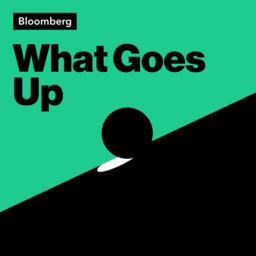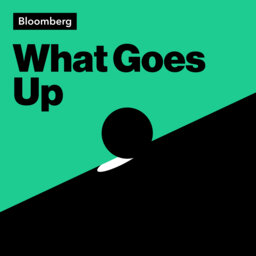What You Need to Know About Gold
The price of gold tends to do well in times of elevated uncertainty about economies and financial systems—something the world has seen a lot of in the past few years. Yet each time the precious metal rallies above $2,000 an ounce, it quickly falls back below that threshold.
Why is that? Joe Cavatoni, strategist at the World Gold Council, joined the What Goes Up podcast to explain what drives the price of gold, what buyers need to know and why that magic number has served as a ceiling. One main reason, he says, is that when prices go that high, they tend to reduce the real-world demand for gold—including from buyers of jewelry in China and India.
“These are price-sensitive businesses and price-sensitive consumers,” Cavatoni says. “So when you start seeing those types of price levels develop, that’s when you see those types of consumers back away from buying—and investors aren’t ready to step back in in the long-term.”
 What Goes Up
What Goes Up


